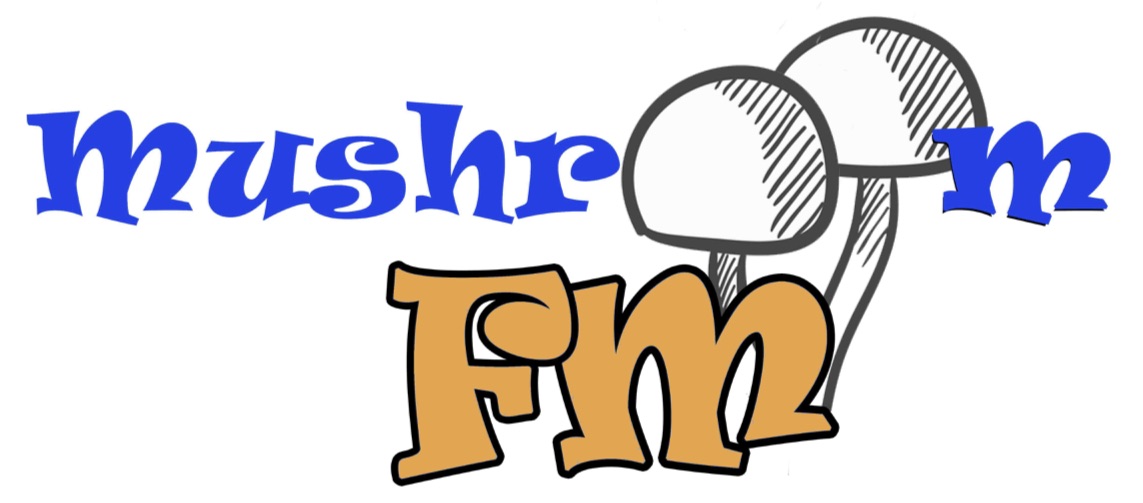This weekend on Mosen At Large, two different visions for the future of web accessibility. Are technologies like AccessiBe the answers to our accessibility problem, or making the problem worse?
Kia ora Mosen At Largers.
This week, we have an important show with a difference. It’s different because it’s possible depending on the number of listener contributions that one topic will consume the entire three hours. If you’re thinking it must be an important topic to warrant that kind of scrutiny, you’d be right.
One of the biggest barriers blind people face is access to information of all kinds. When websites are well-designed and we have access to the right assistive technology to meet our needs, access to the worldwide web is a game changer. Those of us who can remember a time before the web know how much easier it now is to browse leisurely at stores, transact personal business, read the newspaper and generally take part in the public discourse.
As we know, there’s a major caveat. Websites must be accessible. Through a combination of awareness-raising and legal action, many people like to think that the web has become a more inclusive place. But there is much left to do. We all know the frustration of going to a website only to find that its developer has not followed the steps required to make their site accessible.
Entrepreneurs have seen an opportunity, and several companies have created technology they believe can make accessibility easier to implement for businesses, making the web a much more accessible place for us all. Some say this technology is revolutionary and will quickly solve web accessibility problems. Others say we are seeing a looming accessibility disaster as businesses purchase what is nothing but high-tech snake oil, thinking they have solved a problem and inoculated themselves against lawsuits when in fact they may have made matters worse.
The most talked about company in this space is AccessiBe. It would appear to be the most deployed accessibility overlay, it is very well-funded, and they have recently appointed a high-profile name in our community, Michael Hingson, as their Chief Vision Officer. If you have visited a website and been told to press alt+1 for screen reader mode, chances are you have used AccessiBe’s technology.
Tensions and passions are high on social media and in the accessibility community about accessibility overlays in general and AccessiBe in particular. This week, it’s my goal to give you a range of perspectives and to question those who have strong views on either side, so you can make up your own mind.
I’ll be speaking with Sam Evans, a well-connected member of the accessibility community who will set the scene for us, explaining the promise of accessibility overlays and why she believes this promise has not been, and cannot be, met.
If you have followed any of the debate about these overlays on social media, you will have seen posts from Chancey Fleet. Chancey is a proficient screen reader user, a passionate and articulate accessibility advocate, and among many other roles serves as President of the Tech Trainers division of the National Federation of the Blind in the United States. She describes her own experiences with the technology, outlines why she took up the cause, and talks about her interactions with AccessiBe.
Michael Hingson has made a longstanding contribution to technology over the years, including most recently spending several years at Aira. You may also be familiar with his 9/11 experiences as he and his guide dog escaped the World Trade Centre. Mike will join me in his capacity as Chief Vision Officer of AccessiBe, and I’ll directly put to him many of the concerns that have been raised including listener feedback that has been sent in. He’ll also explain his thesis that AccessiBe is going to make the web a better place.
To sum it all up and give some thoughtful reflections on the future, I’ll be joined by Curtis Chong. Curtis served for many years as President of the NFB in Computer Science, is widely respected by many in the assistive technology sector and has served as an administrator both inside and outside the blindness system.
You are welcome to send in your own thoughts, particularly if you have had direct positive or negative experience with accessibility overlays.
I would appreciate receiving your comments ahead of the show, in fact as soon as possible, so I can organise the material to make it orderly.
Also, if you choose to listen to the podcast rather than the live version, note that the podcast will make extensive use of chapter marks, so you can navigate between the different speakers and segments.\
To contribute, send an email with an audio attachment or just written down to Jonathan at MushroomFM.com, or call the listener line, +18646066736, that’s 1-864-60Mosen.
The best way to hear Mosen At Large is when it airs live and in full. Catch it on Mushroom FM on Saturdays at 2 PM Eastern, that’s 7 PM in the UK. It will then be available on the Mosen At Large podcast, available anywhere you get podcasts.
Thank you so much for listening and contributing to the show and see you soon for Mosen At Large.
